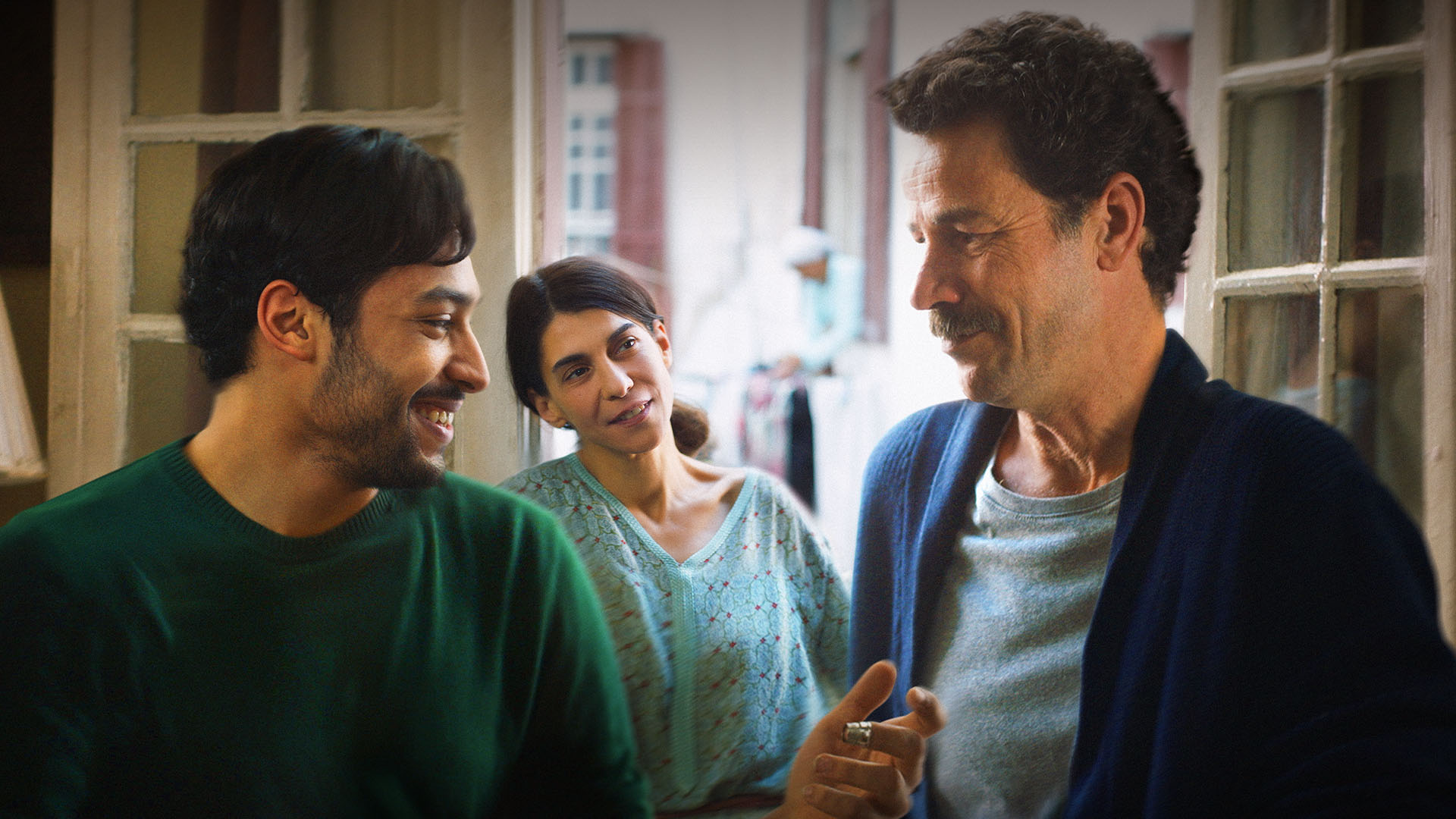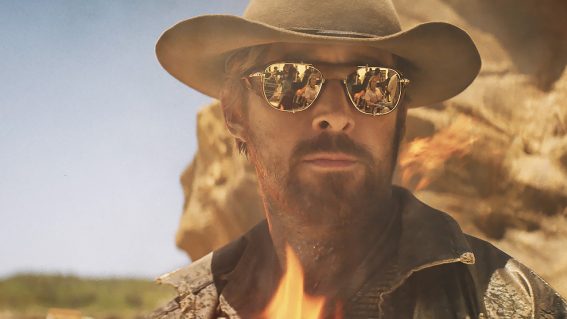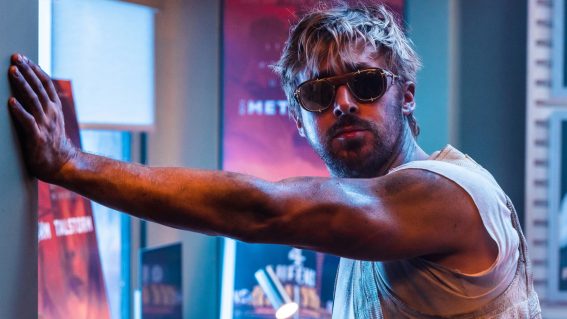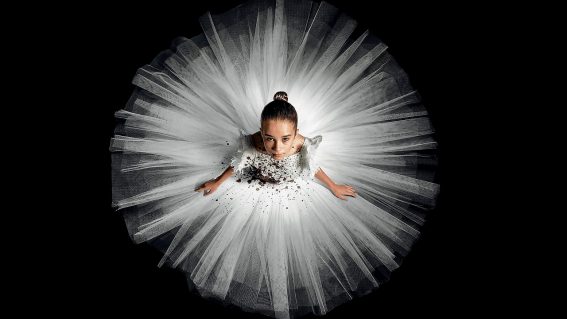The Blue Caftan’s tragic tone lingers after it lands its emotional punch

The arrival of a young apprentice upsets the balance of a married Moroccan couple in drama The Blue Caftan. Through its characters and the cast’s sensitive performances, the film explores different kinds of affection, writes Katie Smith-Wong.
The Blue Caftan
Starring Lubna Azabal, Saleh Bakri, and Ayoub Missioui, The Blue Caftan (OV: Le Bleu du caftan) is the latest film by Moroccan filmmaker Maryam Touzani. The film follows a married couple, Mina (Azalea) and Halim (Bakim), who run a caftan store in Morocco. Despite being in a committed relationship, Halim’s attention wavers as he trains a new apprentice Youssef (Missioui).
Premiering at Cannes 2022, The Blue Caftan marks Touzani’s second film named Morocco’s official entry in the Best International Feature category at the Oscars. Similar to her previous film, the 2019 film Adam, the filmmaker’s latest feature deals with taboos in Moroccan society—more specifically, same-sex relationships, which are illegal in the country.
The film’s premise is relatively straightforward—Halim is a talented yet overworked tailor (or ‘maalem’) who argues with his wife Mina, who is preoccupied with indecisive or haughty clients of their caftan shop. Meanwhile, Youssef is an attractive young man who dedicates himself to tailoring and intricate embroidery, which captures Halim’s growing attention. It doesn’t take long for tensive sparks to fly between the characters but despite its conventional plot, the film takes its time to develop Halim and Youssef’s slow-burning chemistry, which extenuates its unnecessarily languid pace.
Touzani’s collaborative screenplay also comprises sparse dialogue to allow actions to speak louder than words. Amid the unspoken sparks in the shop, there are police monitoring the streets and a lack of women in public locations such as cafés and bathhouses, the latter being where Halim secretly has sex with men. However, Halim is unable to act on his feelings and remains with Mina albeit conflictedly. But despite taboo relationships creating the film’s underlying tone, the notable lack of charged dialogue between the characters causes the narrative to feel muted—this is exacerbated by the mundane colour palette of the production design, in comparison to the vibrantly coloured fabrics in the shop.
The emotive roots of The Blue Caftan eventually blossom through Mina’s terminal illness, as she slowly succumbs to cancer. Unable to afford treatment and choosing to find solace in prayer, there is a resignation to not only her future but also Halim’s. When she chooses to accept her prognosis, Halim becomes the dutiful husband and attends to her every need. This brings out an unexpected tenderness between the spouses and creates a chemistry that is not overly sexual but is deeply intimate.
Through her characters and her cast’s sensitive performances, Touzani explores different kinds of affection in this love triangle. Regardless of whether a relationship is platonic or romantic, she demonstrates how love can be conveyed in various ways. She also incorporates a distinct level of compassion amid her characters’ personal and professional lives so while Halim and Youssef’s relationship deepens, it doesn’t feel sordid or insulting. The amount of respect among the characters reinforces The Blue Caftan’s tragic tone that lingers afterwards, especially when the eponymous garment becomes both sartorial and significant—it just feels a shame that it takes a while to feel its emotional punch.
Overall, The Blue Caftan’s slow-burning romance can cause it to stagger towards its poignant third act, so audiences cannot truly appreciate its deeply heartbreaking sentiment until it is too late.


















